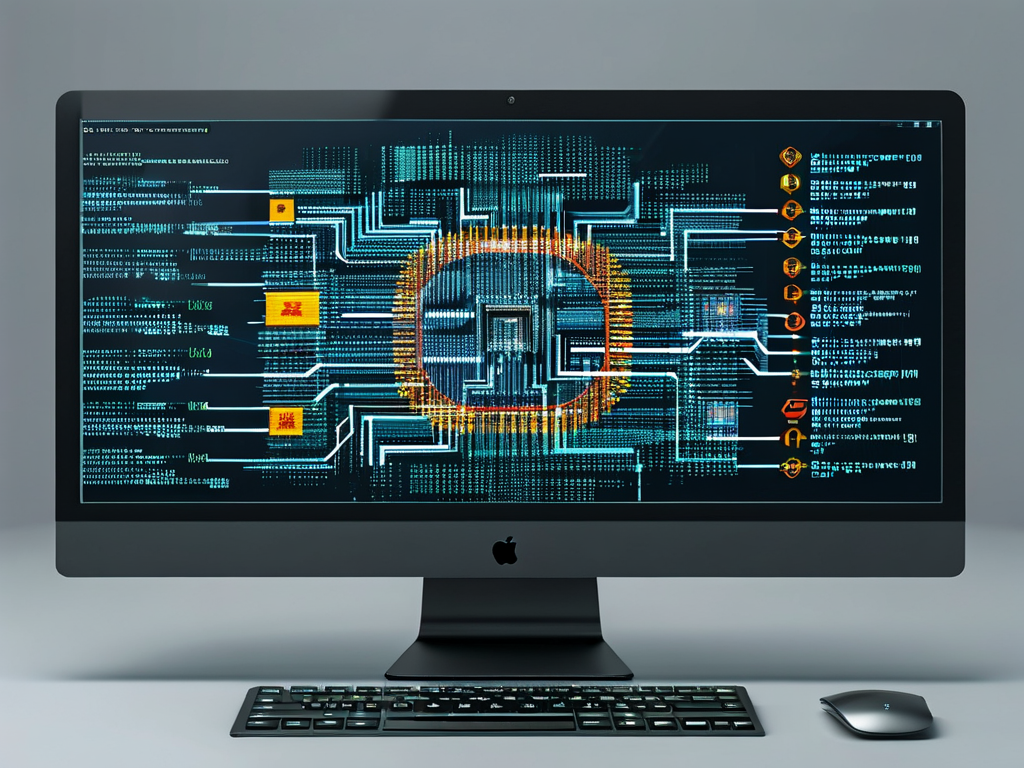Understanding the intersection of computer networking and cybersecurity begins with foundational reconnaissance techniques. As digital threats evolve, professionals must grasp how network architectures and protocols become both assets and vulnerabilities. This article explores core principles of network investigation, emphasizing practical methods to identify weak points while maintaining operational integrity.

The Role of Network Layers in Reconnaissance
Modern networks operate through layered communication models like OSI and TCP/IP. Each layer – physical, data link, network, transport, and application – presents unique investigative opportunities. For instance, packet sniffing tools such as Wireshark operate at the data link layer to capture raw network traffic. Analysts can filter HTTP requests (application layer) or trace IP routes (network layer) to map communication patterns. A basic Python script demonstrates packet capture using Scapy:
from scapy.all import sniff
def packet_handler(packet):
if packet.haslayer('IP'):
print(f"Source: {packet['IP'].src} -> Destination: {packet['IP'].dst}")
sniff(filter='tcp', prn=packet_handler, count=50)
This code snippet captures 50 TCP packets, revealing source-destination pairs that might indicate unauthorized connections.
Protocol Analysis for Threat Detection
Common protocols like DNS, ARP, and ICMP often serve as attack vectors. DNS tunneling, where attackers embed malicious data in DNS queries, exemplifies why protocol knowledge matters. By monitoring DNS logs for unusually long subdomains or frequent requests to unknown servers, defenders can flag potential exfiltration attempts. Similarly, ARP spoofing attacks manipulate local network mappings, making protocol behavior analysis critical for detecting falsified MAC-IP associations.
Network scanners like Nmap provide vital reconnaissance data through techniques:
- SYN scanning to identify open ports
- OS fingerprinting via TCP/IP stack variations
- Service version detection using banner grabbing
Infrastructure Mapping Techniques
Effective reconnaissance requires visualizing network topology. Tools like traceroute map data pathways between nodes, exposing routers and firewalls. Combined with subnetting knowledge, analysts can identify improperly segmented zones where lateral movement might occur. For example, a /24 subnet (254 hosts) without VLAN segregation becomes high-risk if a single device is compromised.
Wireless networks introduce additional vectors. Tools like Aircrack-ng analyze Wi-Fi handshakes, revealing weak encryption standards like WEP or misconfigured WPA2-PSK implementations. Ethical hackers often use beacon frame analysis to detect rogue access points mimicking legitimate SSIDs.
Balancing Offensive and Defensive Strategies
While penetration testers use network reconnaissance to exploit vulnerabilities, defenders apply the same techniques proactively. Implementing intrusion detection systems (IDS) that mirror reconnaissance methods creates layered protection. For instance, an IDS might flag repeated SSH login attempts across multiple ports – a hallmark of brute-force attacks – by correlating transport layer events with application layer authentication logs.
Log aggregation platforms like Elastic Stack transform raw network data into actionable insights. By indexing firewall logs, DHCP leases, and DNS queries, teams establish behavioral baselines. Deviations such as sudden spikes in outbound traffic from a database server could indicate data exfiltration, triggering immediate investigation.
Ethical Considerations in Network Probing
Legal boundaries govern network exploration even with defensive intent. Techniques like port scanning without authorization violate computer crime laws in many jurisdictions. Professionals must adhere to frameworks like NIST SP 800-115, which outlines permissible testing scopes and methodologies. Internal red teams often operate under strict rules of engagement, ensuring their reconnaissance activities mirror real threats without causing operational disruption.
Emerging technologies complicate traditional reconnaissance. Cloud environments abstract physical infrastructure, requiring adaptation of tools for virtual network inspection. Containerized applications demand new approaches to monitor east-west traffic between microservices. Meanwhile, IPv6 adoption expands address space but introduces challenges in tracking dynamically assigned addresses.
Mastering network fundamentals empowers cybersecurity practitioners to anticipate attack vectors before exploitation occurs. Through continuous learning and ethical application of reconnaissance techniques, professionals build resilient systems capable of withstanding evolving threats while maintaining essential services.









